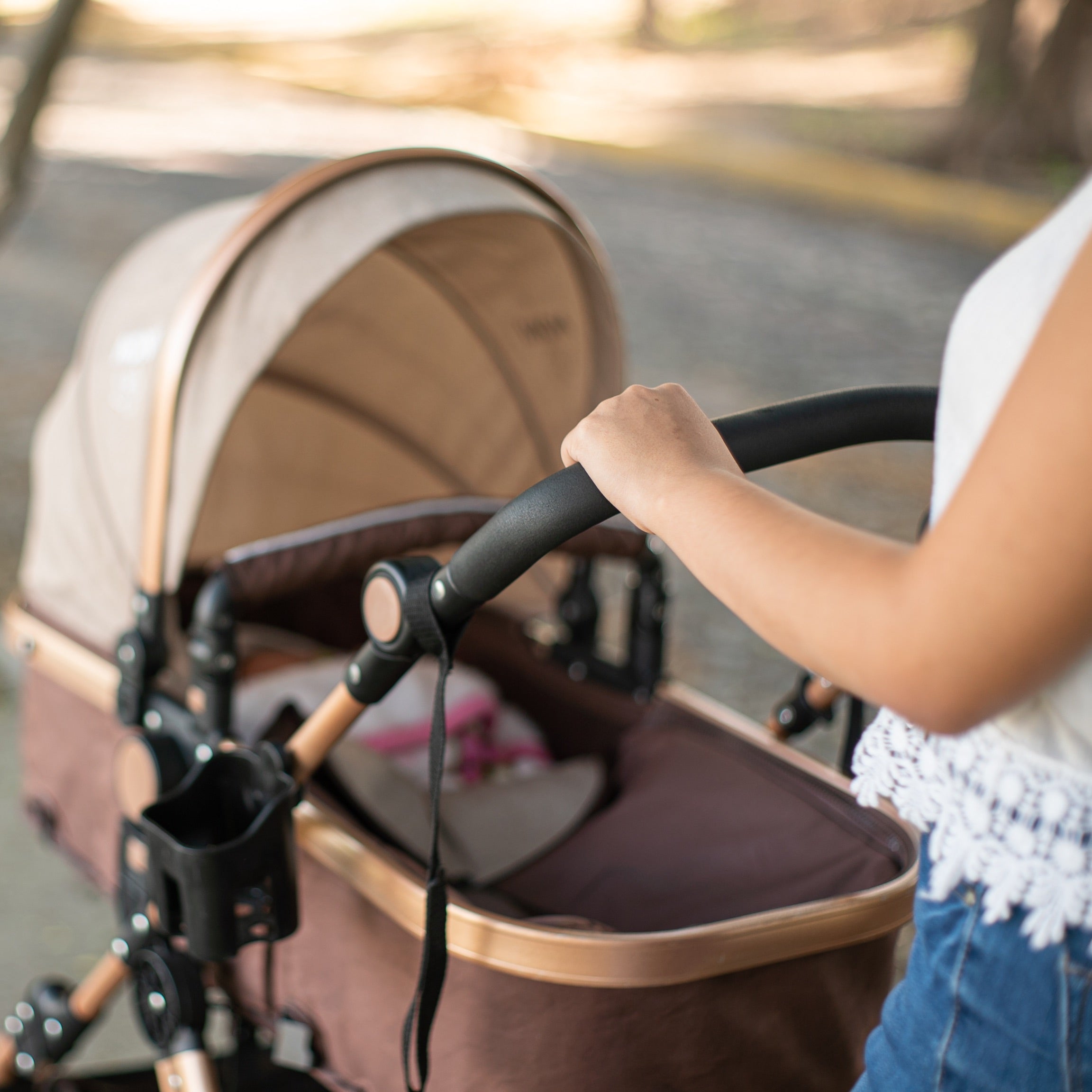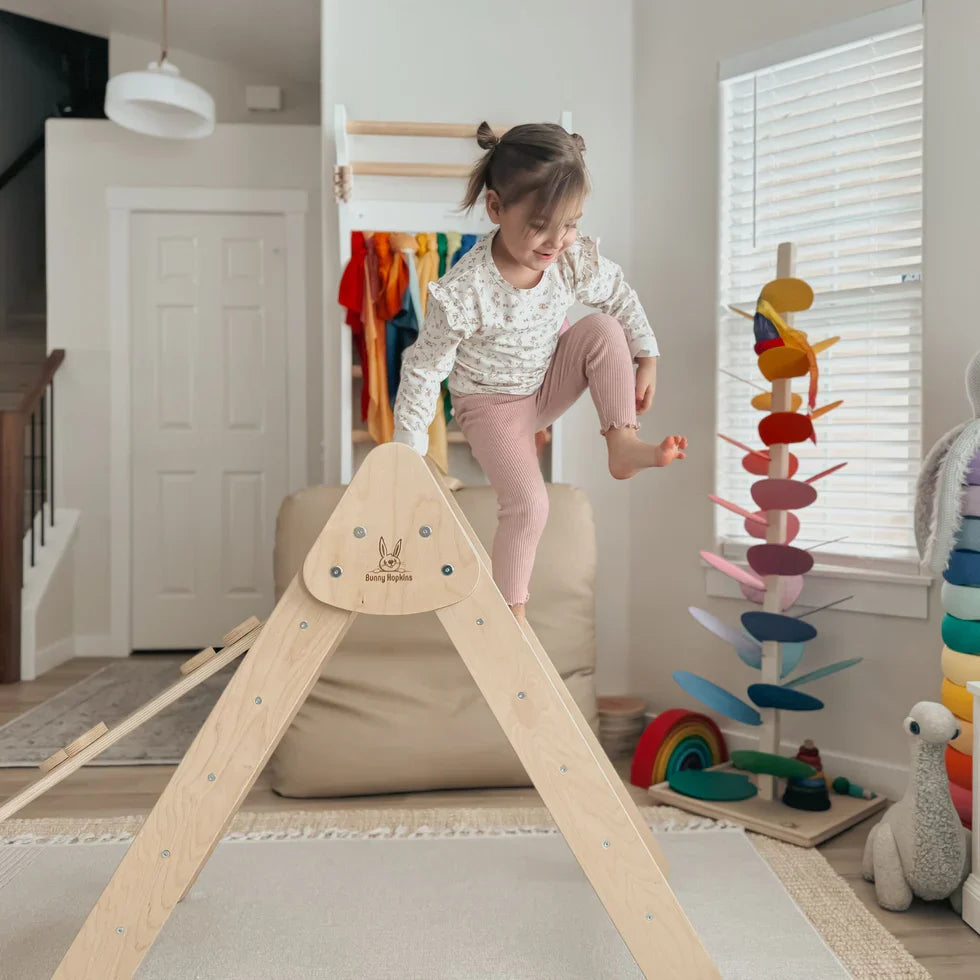When shopping for a stroller, safety usually means checking for straps, brakes, and wheels. But at Simple Steps Market, we go one step further—looking at what your baby is actually coming into contact with every single day: the materials.
From flame retardants to forever chemicals, many mainstream strollers are made with toxic substances that can impact your baby’s development, hormone health, and respiratory system. Here’s what to look for—and what to avoid—when choosing a healthier, non-toxic stroller.
✅ What to Look For
GOTS Certified Fabrics
The Global Organic Textile Standard (GOTS) ensures fabrics are made from certified organic fibers and processed without harmful chemicals. It also covers environmental and social criteria across the entire supply chain.
OEKO-TEX® Certified Fabrics
OEKO-TEX Standard 100 certification means a fabric has been tested and confirmed free from over 100 harmful substances. It’s one of the most trusted labels for human and baby-safe textiles.
❌ What to Avoid
❌ Forever Chemicals (PFAS/PFCs)
These “forever chemicals” are used to make fabrics water- or stain-resistant—but at a cost. PFAS and PFCs are linked to cancer, hormone disruption, and developmental delays. Choose strollers with PFC-free DWR (durable water repellent) coatings.
❌ Phthalates
Used in plastics to make them flexible, phthalates are endocrine disruptors that can interfere with reproductive development. Worse, they can leach into the air and be inhaled by your baby. Look for phthalate-free components, especially in stroller handles and trims.
❌ Flame Retardants
While added to meet flammability standards, many flame retardants are linked to hormone disruption, reproductive issues, and cancer. Look for strollers that are free from brominated flame retardants and instead use naturally flame-resistant materials like wool.
❌ PVC (Polyvinyl Chloride)
Often found in rain covers or clear stroller windows, PVC may contain lead-based stabilizers and phthalates. Heat or sunlight can increase the release of toxic chemicals. Always choose PVC-free accessories.
❌ Formaldehyde
Used in some adhesives and wrinkle-resistant fabrics, formaldehyde is a known carcinogen and skin irritant. Opt for strollers that are formaldehyde-free and use natural adhesives and untreated textiles.
❌ VOCs (Volatile Organic Compounds)
These chemicals off-gas from stroller fabrics, paints, and glues, potentially causing headaches and respiratory issues. Look for low-VOC or VOC-free products.
❌ Lead
Still found in older or low-quality strollers, lead is a neurotoxin that can impair brain development in babies and toddlers. Always opt for newer strollers made with lead-free paints and materials.
❌ BPA (Bisphenol A)
While commonly associated with food containers, BPA is also found in hard plastics used in strollers. It’s an endocrine disruptor that can affect your baby’s hormone development. Choose BPA-free plastics for all baby gear.
❌ Antibacterial Coatings
Marketed as a hygiene benefit, antibacterial treatments may contain toxic agents like triclosan, which are harmful to human health and the environment.
🤔 What About Buzzwords?
- "Non-toxic": A great start—but not regulated. Always double-check for specific certifications.
- "Eco-friendly" or "Green": Often used vaguely. Look for actual material disclosures and sustainability standards.
- "Hypoallergenic": Doesn't guarantee the absence of harmful chemicals.
- "Certified Safe": Ask: Certified by whom? Look for trusted labels like GOTS, OEKO-TEX, or Greenguard Gold.
Final Thoughts
A stroller isn’t just transportation—it’s your baby’s second home. Prioritize strollers that are certified, tested, and made with materials you trust. At Simple Steps Market, we make it easy to shop strollers that meet our strict non-toxic standards—so you can focus on the road ahead, not what’s in the seat.




